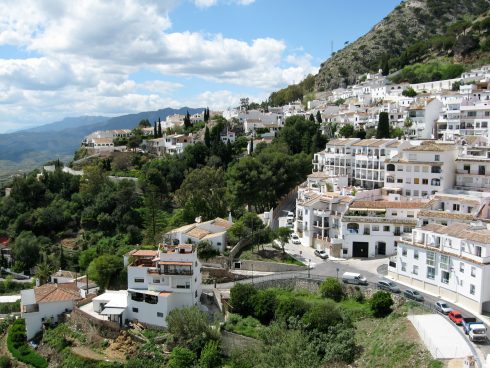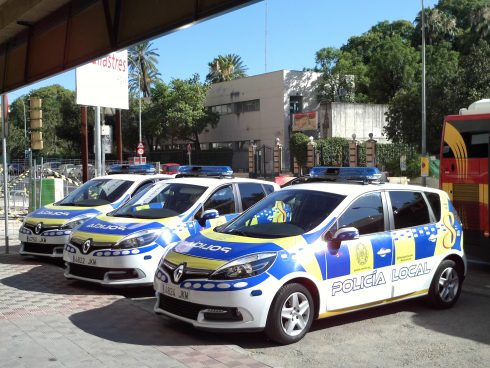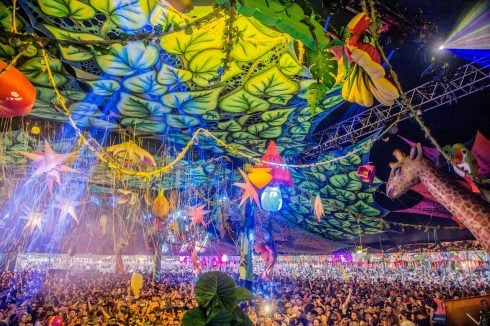FAMOUS for castles, cathedrals and Islamic mosques and palaces, Spain is actually a showcase for innovative modern architecture. The country is dotted with eye-catching buildings, many of which are winners of prestigious international architectural awards.
The Nobel prize of the architecture world, is the Pritzker prize. As the Olive Press reported, it was awarded this year to David Chipperfield, a British architect who has a home in Galicia, and has designed many masterpieces in Spain.
Each year, the Pritzker is awarded to architects who have used their craft to ‘contribute to humanity and the built environment’. Luckily, a large number of national and international award-winning architects have chosen to create unique buildings in Spanish cities. With their modern design and nod to Spanish culture, many are now major cultural attractions.
Look out for these 10 modern gems designed by winners of the illustrious Pritzker prize as you travel through Spain.
Valencia: David Chipperfield, America’s Cup Building ‘Veles e Vents,’ 2006

Winner of the 2023 prize, Chipperfield designed the America’s Cup Building ‘Veles e Vents,’ which was inaugurated in 2006. The building was constructed to be the social centre for the America Cup, the world’s premier offshore racing competition.
It was designed specifically with the sport in mind, with its overlapping panels that provide shaded views of the sea and outdoor space that takes up more than half of the building. The four-story building offers two bars, restaurants, a wellness centre, and VIP lounge, making it the hub of activity during competition season.
Madrid: Philip Johnson, Gate of Europe Towers or Torres Kio, 1996
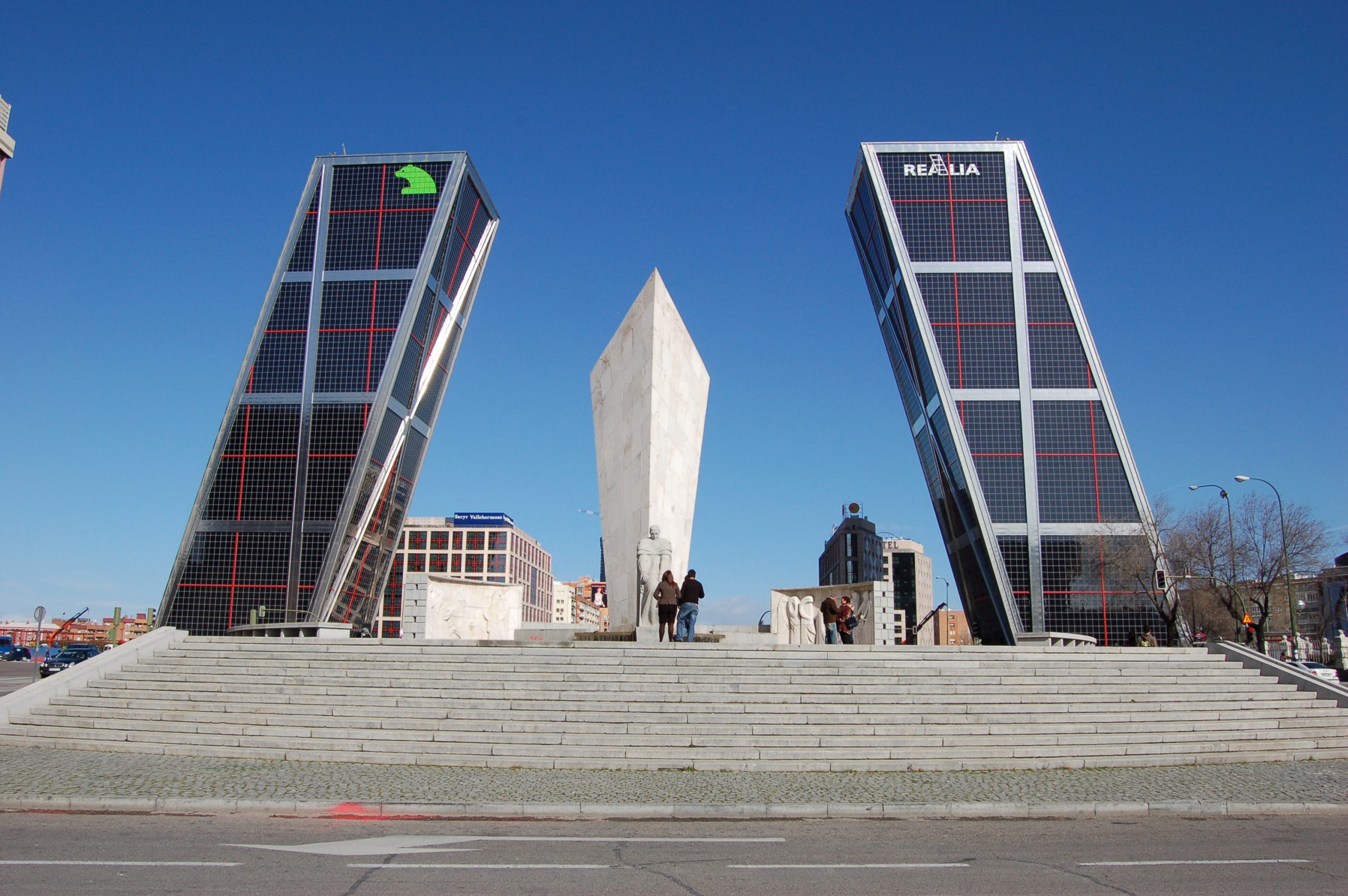
American architect Philip Johnson was the first recipient of the Pritzker Prize in 1979. Ten years after receiving it, he collaborated with John Burgee to design this remarkable twin office building on Plaza de Castilla, in Madrid.
The world’s first inclined skyscrapers, slanted at a 15 degree angle, they are the second tallest towers in Spain standing at 115 metres in height. The tower’s iconic design has made them a well-known part of the Madrid skyline and they have been featured in various movies.
Haro, Rioja: Zaha Hadid, Lopez De Heredia Wine Pavilion, 2006

Visionary Hadid was commissioned for this winery by Lopez de Heredia for its 125th anniversary. Chosen for her innovation and daring designs, the pavilion combines the architect’s modern style with the winery’s traditional feel. Hadid described the design as a ‘bridge between the past, present, and future evolution’ of the bodega.
In 2004, she became the first woman to be awarded the prize.
Murcia: Rafael Moneo, Murcia Town Hall, 1998
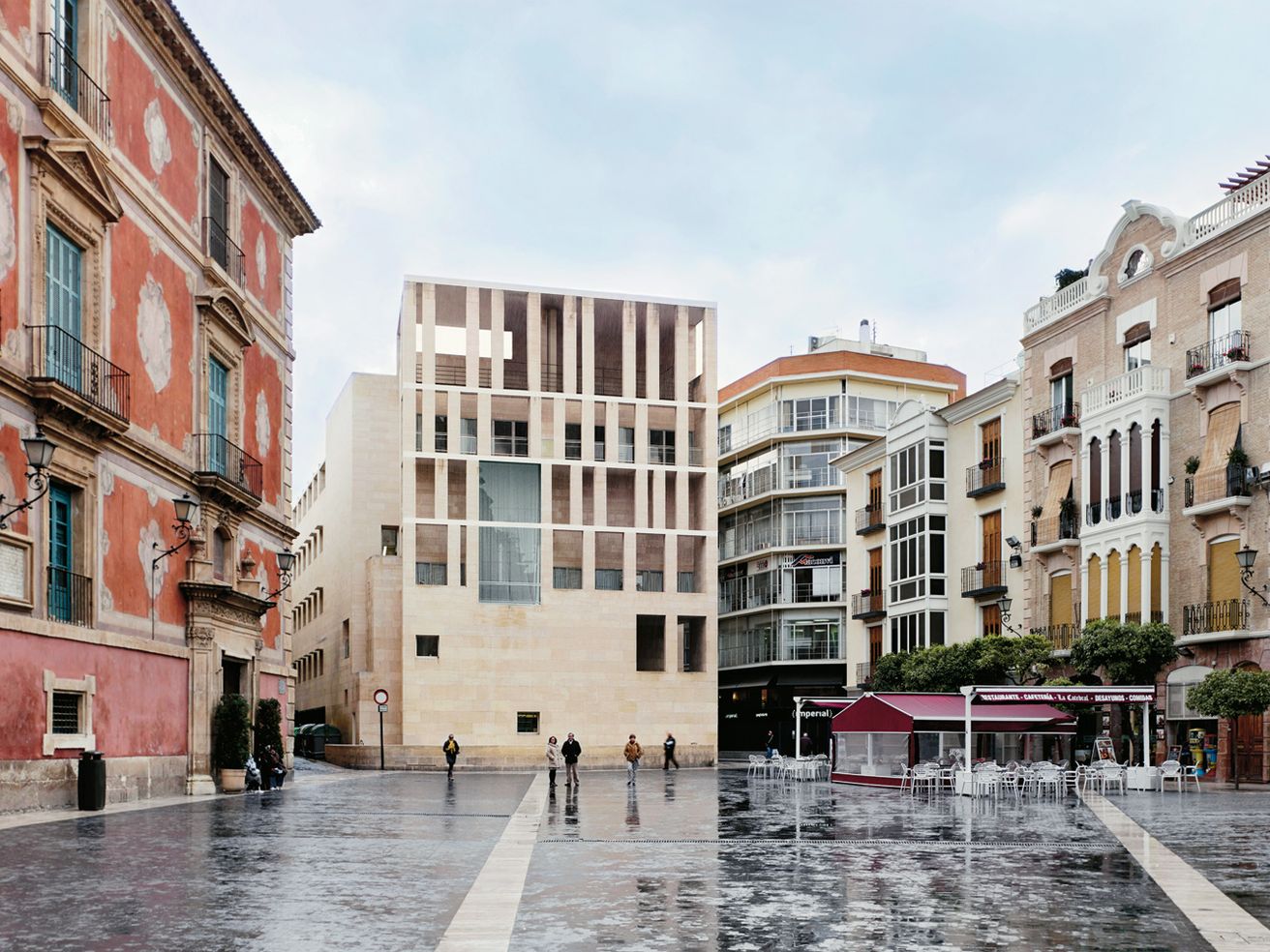
Spaniard Moneo, who won the Prize in 1996, was commissioned to design this modern institutional building for Murcia’s town hall.
Set in historic Cardenal Belluga Plaza, between the 16th century cathedral and the Episocal Palace, it needed to be sensitive, but also impactful. The building’s design shows a contrasting modernity that has made it a subject of controversy… but it certainly stands out.
Olot: Rafael Aranda and Carme Pigem, Horizon House, 2017
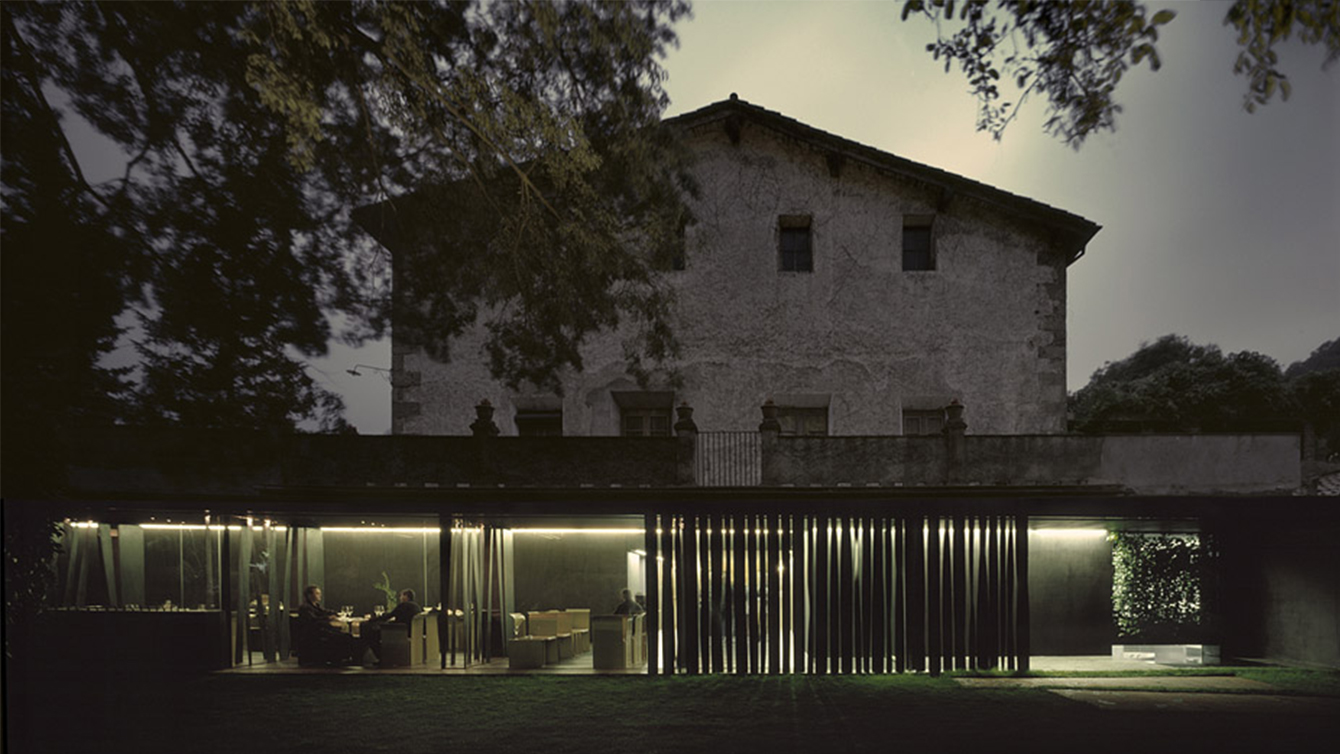
Spaniard Aranda created this wonderful building for Michelin star chef Fina Puigdevall in the countryside, near Olot. A private home, it challenges traditional assumptions about homes and farms. It came about when Fina was chatting with a former classmate Carme Pigem about revamping her restaurant Les Cols plus building a new home.
Neither of them could have imagined that ten years on the former would become a celebrated Michelin-starred chef, and the latter a Pritzker-prize winner in 2017.
The building sits 1.5m below the top level of the field, creating a differentiation between the two lifestyles. The house seems disjointed on the surface but the hidden long corridor that acts as the ‘backbone’ for the building, connects the main areas with large glass windows framed by steel. Even though this is a private home, its architectural design makes it a one-of-a-kind villa.
Valencia: Norman Foster, Congress Centre, 1998
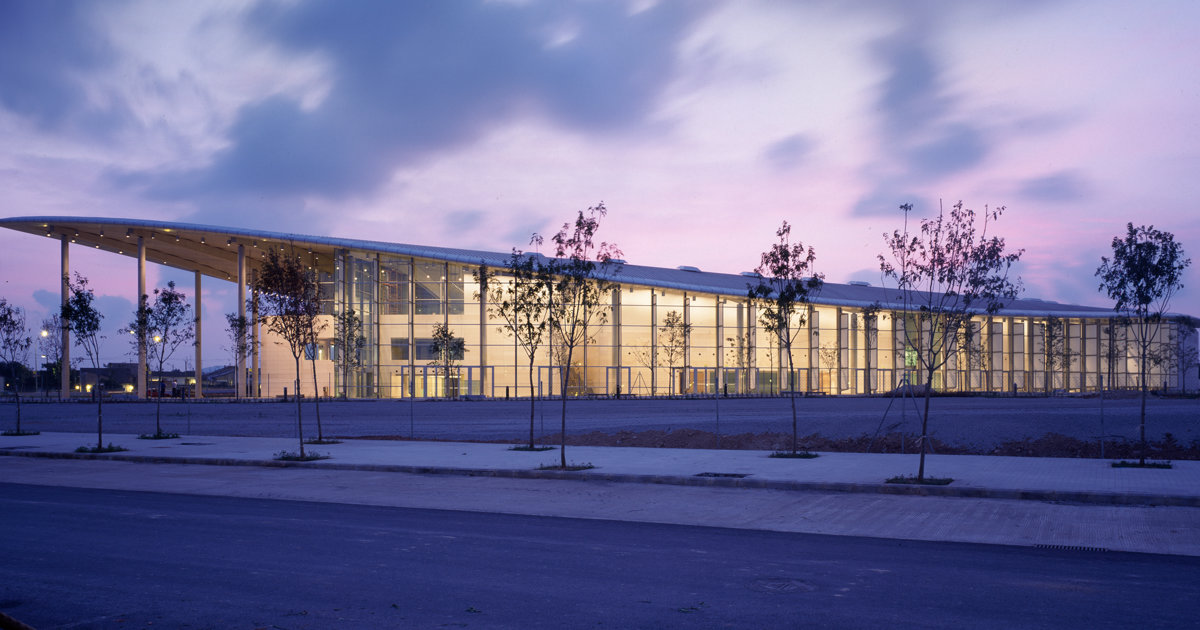
Global British legend Foster completed this building a year before winning the prize in 1999. And the Congress Centre, in Valencia, certainly helped it along, being both bold and eye-catching.
Designed for the hot Mediterranean climate the large pavilion provides shade and surrounding windows that allow for natural light. The conference venue was designed to host large crowds and has multiple auditoriums.
“It is truly a Valencian building – rooted in tradition, but forward looking,” explained Foster.
Barcelona: Toyo Ito, Fira Towers Torre Realia BCN and Hotel Porta Fira, 2009
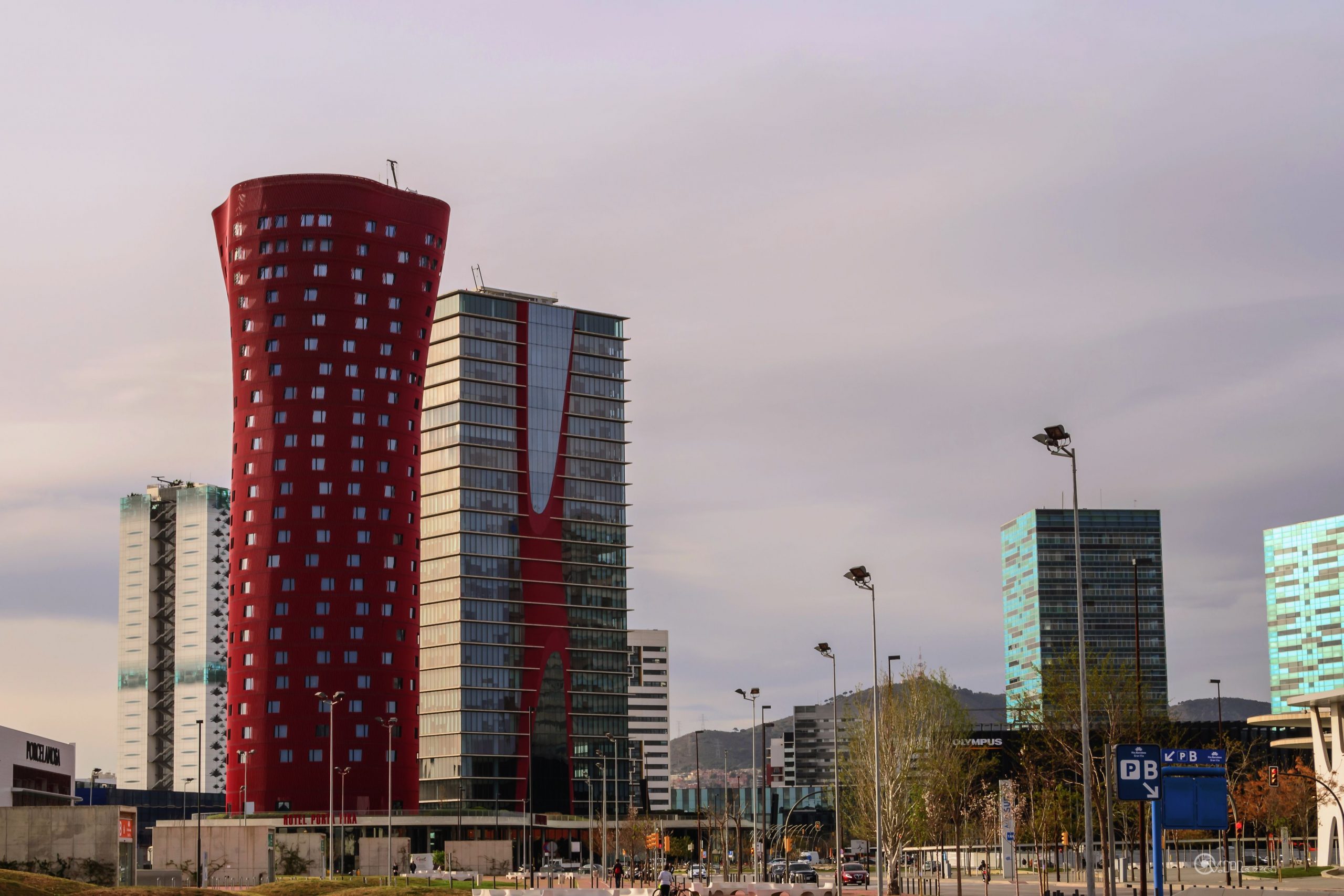
The winner of the 2013 Prize, Ito collaborated with Fermin Vazquez to design these two red towers, which are 112m in height. The Torre Realia’s surrounding windows give it its clean-cut translucent appearance with a red diverging line in the middle to add a touch of colour.
In contrast, the Hotel Porta Fira is entirely red and in the shape of a distorted cylinder. In 2010, it won the Emporis award for the best skyscraper globally.
Barcelona: Jean Nouvel, Torre Agbar/Torre Glories, 2005
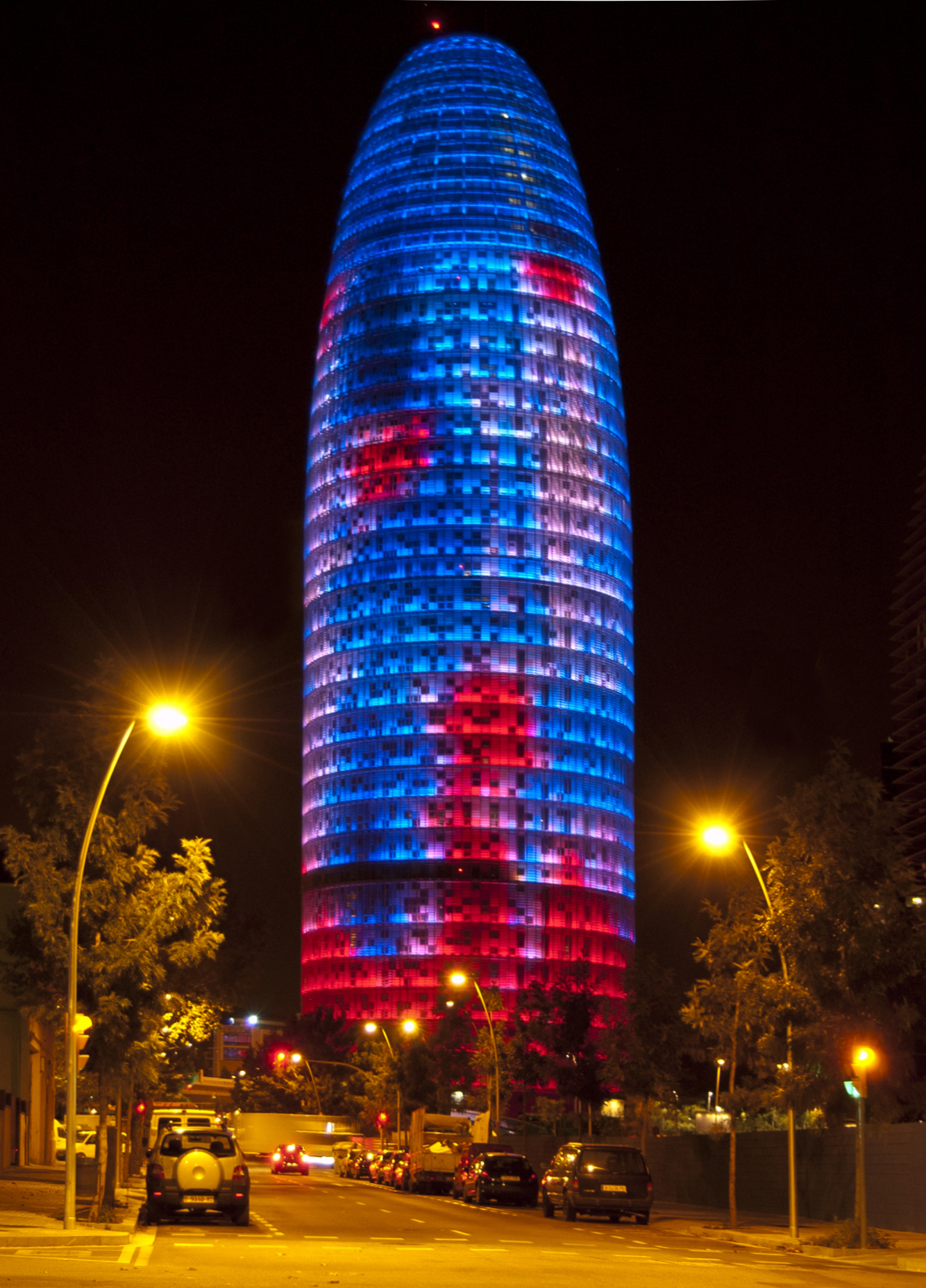
French architect Jean Nouvel, winner of the 2008 prize, also partnered with Fermin Vazquez to design the Torre Glories, the third tallest building in Barcelona.
The bullet-shaped building has become a tourist attraction and one of its enticing features is its night lighting. Its futuristic construction, configured by aluminium, concrete, and glass, makes it stand out among Barcelona’s historic architecture.

Barcelona: Richard Meier, Barcelona Museum of Contemporary Art, 1995
Located close to Barcelona’s gothic centre, this enticing museum was designed by 1984 winner, Meier. Showcasing many modern influences, it was conceived as a collection of several prisms and its centre is made up of a cylinder that extends to all floors of the buildings.
Even with its separate wings, the building is tied together by its pockets of natural light and geometrical elements.
Madrid: Jean Nouvel et al, Hotel Puerta America, 2005
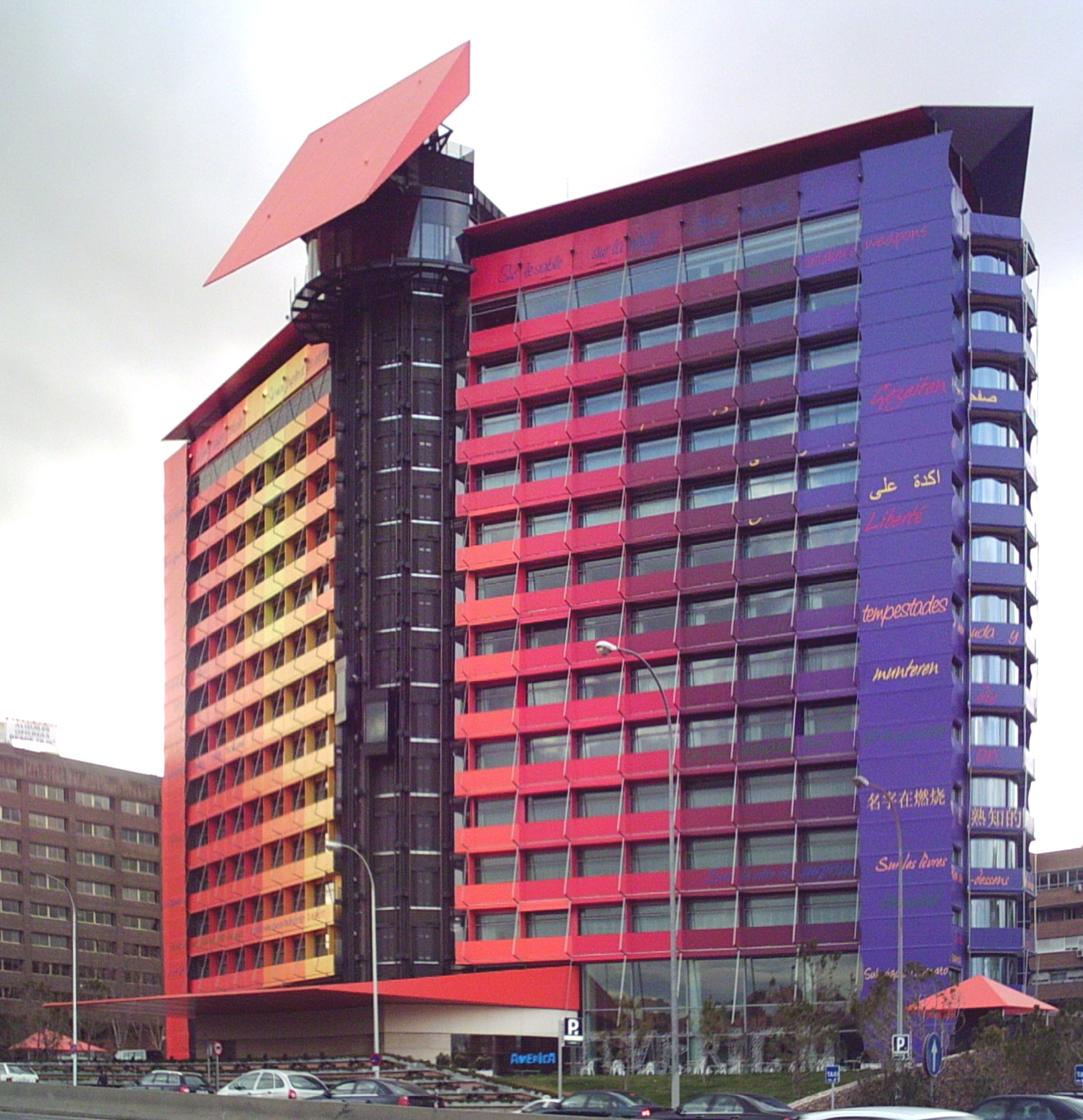
No less than five Pritzker prize winners took part in designing this hotel, making it a major collaborative work in Madrid.
Jean Nouvel was in charge of the attic, 12th floor, and façade, which was decorated with lines from the poem, Liberté, by Paul Eluard. Zaha Hadid oversaw the first floor, designing it with curves and white lighting. Norman Foster worked on the second floor highlighting elements of luxury and elegance. Recent winner, David Chipperfield developed the third floor using geometric elements and unique materials, such as terracotta. Finally, Arata Isozaki, the 2019 prize winner, designed the tenth floor, using Japanese influences and wood panelling to create a relaxed atmosphere.
Other famous architects and designers including Ron Arad and Marc Newson worked on different aspects of the building, making it a showcase of internationally renowned work.
READ MORE:
- Partners in Design: The Swiss architectural wizards that have reimagined the nature of buildings
- A little Gaudi glory: Discover the house that was the first designed by the Catalan Architect
- Rich by design: The world’s wealthiest architects – from China to Spain and the USA to UK






